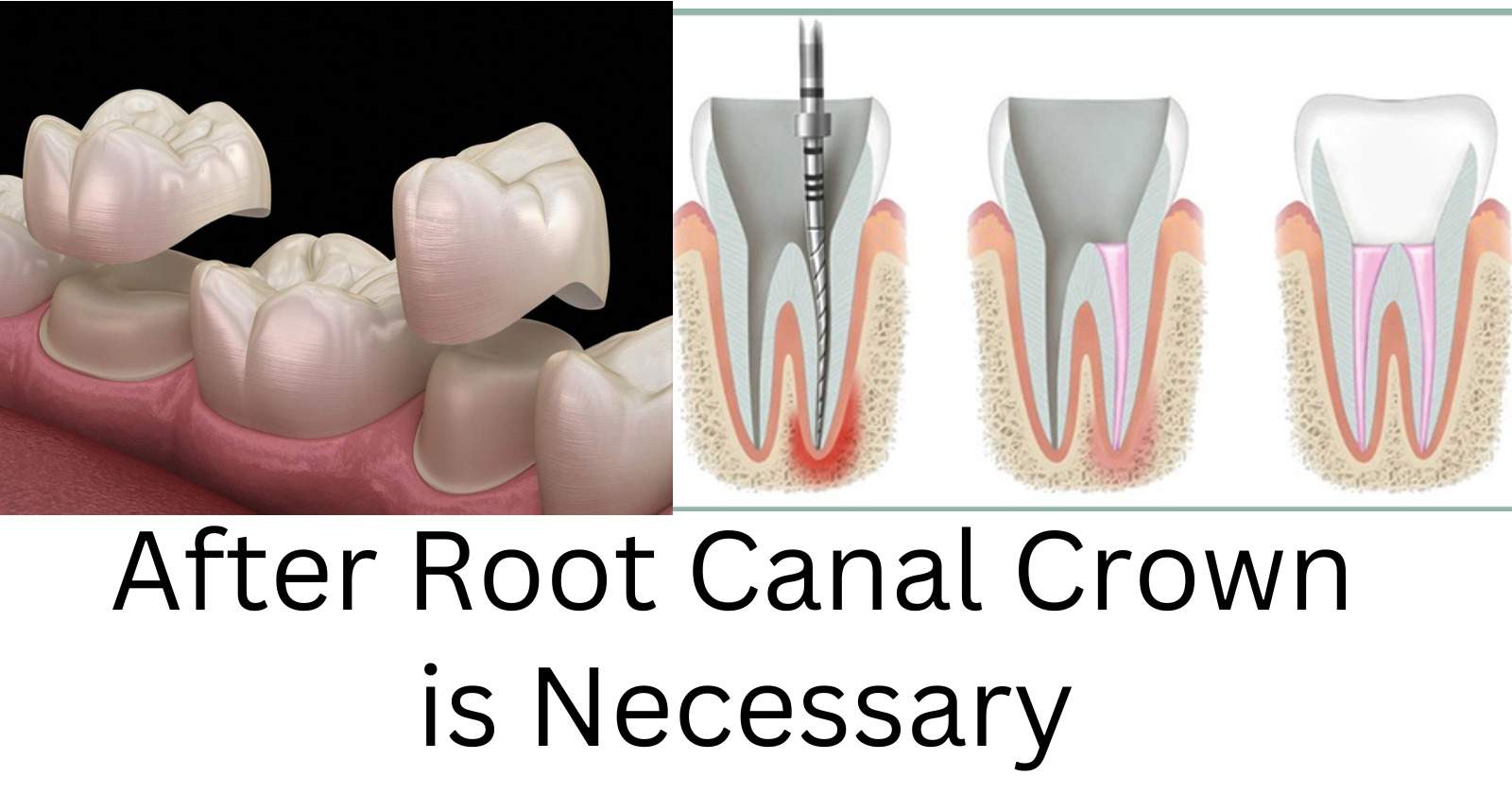Root Canal No Crown

When a tooth undergoes a root canal, the primary goal is to remove the infected or damaged pulp from within the tooth, thereby saving it from extraction. However, after the procedure, the tooth often requires additional protection and restoration to ensure its longevity and functionality. One common method of restoring a tooth post-root canal is with a crown. But what happens if a crown is not placed after a root canal? Let’s delve into the implications and considerations surrounding a root canal without a crown.
Immediate Aftermath of a Root Canal
Immediately after a root canal, the tooth is filled with a material called gutta-percha, which seals the canal from further infection. This procedure significantly changes the structure of the tooth, making it more prone to brittleness. Without the pulp’s nourishment, the tooth becomes less resilient and more susceptible to fracture. This is where the importance of a crown comes into play, as it provides a protective barrier against external forces.
Risks of Not Having a Crown
Fracture Risk: The most significant risk is that of the tooth fracturing. Since the tooth becomes more brittle after a root canal, applying excessive force, even from normal chewing, can cause it to crack or break.
Decay: Without a crown, the tooth is more exposed to bacteria and potential decay, especially if the filling material used after the root canal doesn’t perfectly seal the tooth.
Discomfort: Sometimes, the lack of a crown can lead to discomfort or sensitivity, especially if the tooth is subjected to heavy chewing forces or if there’s a slight procedural mishap.
Aesthetic Concerns: From an aesthetic standpoint, a tooth that has undergone a root canal without a subsequent crown might appear more discolored over time compared to surrounding teeth, affecting the overall appearance of the smile.
Alternatives to Crowns
While crowns are the standard restoration method following a root canal, there are certain situations or preferences that might lead to considering alternatives:
Onlay: If only a portion of the tooth needs coverage, an onlay might be sufficient. This option covers the cusp of the tooth, providing partial protection without fully encasing it.
Filling: In some cases, especially if the tooth is not heavily loaded (like some lower front teeth), a very large filling might be considered as a temporary measure. However, this is less common and usually recommended as a provisional solution until a more permanent option like a crown can be placed.
No Restoration: Though not ideal, in extremely non-load bearing teeth or under specific clinical circumstances, a dentist might choose to monitor the tooth without immediate restoration. This approach requires regular follow-ups and is based on the understanding that the tooth’s condition will be closely watched for any signs of deterioration.
Conclusion
While it’s technically possible to have a root canal without immediately placing a crown, it’s crucial to understand the increased risks associated with this approach. A crown is generally recommended to protect the tooth from fracture, further decay, and to maintain the tooth’s functionality and aesthetic appeal. The decision to forgo a crown should be made with careful consideration and under the guidance of a dental professional, weighing the potential risks against the benefits in each individual case.
Practical Recommendations
For individuals who have undergone a root canal without a crown, it’s essential to maintain good oral hygiene, avoid using the tooth for biting or chewing hard foods, and to schedule regular dental check-ups. This vigilance can help in early detection of any potential issues and in making informed decisions about the tooth’s restoration.
Frequently Asked Questions
Can a tooth survive without a crown after a root canal?
+Yes, a tooth can technically survive without a crown after a root canal, but it's at a higher risk of fracture or decay. The lack of a crown leaves the tooth unprotected against chewing forces and potential bacterial reinfection.
What are the alternatives to crowns after a root canal?
+Alternatives include onlays for partial coverage, large fillings in non-load bearing situations, or in some cases, close monitoring without immediate restoration. However, these alternatives are less common and depend on specific clinical judgments.
Why do teeth become more brittle after a root canal?
+Teeth become more brittle because the root canal procedure involves removing the pulp, which is the tooth's lifeline, providing it with blood supply and nutrients. Without the pulp, the tooth dries out over time, making it more prone to cracking.
In conclusion, while a crown is the preferred method of restoring a tooth after a root canal, understanding the implications and risks of not having one is crucial for making informed decisions about dental care. Regular dental check-ups and maintaining good oral hygiene are key to the longevity of any tooth, regardless of whether it has been crowned after a root canal.



